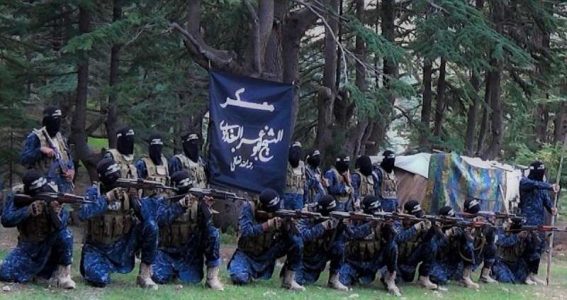
Islamic State in Afghanistan growing bigger and more dangerous
The collapse of the Islamic State’s self-declared caliphate in Syria and Iraq is doing little to slow down the terror group’s branch in Afghanistan.
Newly unclassified intelligence suggests IS-Khorasan, as the group is known, is growing both in numbers and ambition, now boasting as many as 5,000 fighters — nearly five times as many as estimates from last year — while turning its focus to bigger and more spectacular attacks.
Military officials say the numbers, shared by U.S. Forces-Afghanistan for the latest quarterly report by the Lead Inspector General for Operation Freedom Sentinel, issued Tuesday, are “low confidence” estimates but that IS-Khorasan has fighters in Kabul, as well as in Nangarhar and Kunar provinces and in other parts of northeastern Afghanistan.
More worrisome, according to defense intelligence officials, is that the terror group has been gaining ground, both against the Afghan government and the Taliban, expanding the amount of territory under its control in Kunar province since the start of the year.
It also appears IS-Khorasan has managed to gain a toe-hold in other areas. The assessment finds it is “highly likely” IS has smaller cells operating in parts of Afghanistan under either government or Taliban control.
“We’re very concerned about their capability and trajectory,” Col. Dave Butler, the spokesman for U.S. Forces-Afghanistan, told VOA. “IS-K has made it clear that they aspire to attack the United States and our allies.”
The current state of IS in Afghanistan would appear to represent a remarkable turnaround from the terror group’s fortunes in April 2017, when the U.S. dropped the largest non-nuclear bomb in the U.S. arsenal, a GBU-43 Massive Ordnance Air Blast, on an IS cave and tunnel system in Nangarhar province.
A series of subsequent U.S. strikes killed the then IS-Khorasan emir and his replacement, and cut the estimated number of fighters from 3,000 to 600.
Source: VOA





